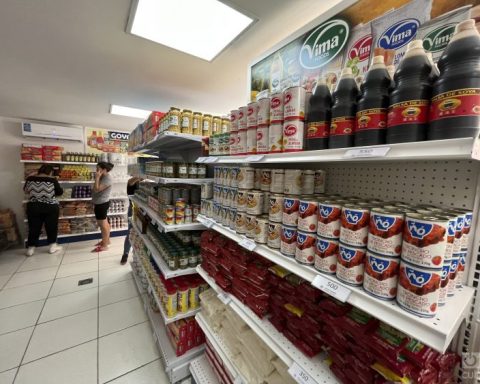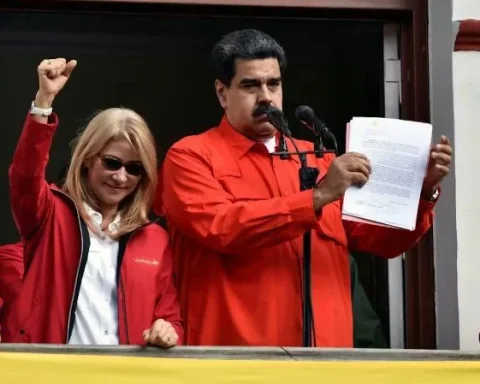Havana Cuba. – On June 6, 1970, Osvaldo de Melo and María del Carmen Zaldívar presented a tabloid project to the then general secretary of the Central of Cuban Workers (CTC), Hector Ramos Latour. The initiative had arisen as a result of the need for said organization to have its own media outlet, with a national reach.
The void caused by the disappearance of Workers Vanguard and the CTC Magazinepublications that for many years informed and guided the working class on essential issues of trade union events, was occupied by Workersthe first name given to the new newspaper.
The printed matter was making its way in the midst of the chronic difficulties of the Cuban system: lack of material resources, premises for writing, printing workshops and personnel in charge of publishing. With the support of the Union of Cuban Journalists (UPEC), an entity absolutely subservient to the regime led by Fidel Castro in those years, and worker correspondents who volunteered, the first issues were published, which saw the light of day in the small CTC printing house located in Virtudes and Manrique, Centro Habana.
The newspaper, which was to function as a means to channel the concerns and demands of the Cuban workers, focused on issues related to the union movement, the development of the harvest, the results of the emulation, the validity of historical dates, the practice of “proletarian internationalism” and class solidarity. Its pages also included guidance on the country’s labor legislation, as well as revolutionary suggestions to solve difficulties and concerns related to the world of work.
In its more than five decades of existence, workers ―as it is known today― has never echoed the pressing problems that afflict Cuban workers, from insufficient wages to meet the extremely high cost of living, to the subhuman conditions in which many live together to their families, affected by the housing crisis, inflation, the accelerated decrease in the purchasing power of the national currency, and many other difficulties aggravated since the fall of the socialist camp, which the Cuban government has not been able to solve.
Since its creation, workers It has functioned as a means of propaganda bent to the will of the CTC, a foreman subordinated to the State in a country governed by a single party, where independent unions that defend the rights of workers to have a decent life and wages are not allowed.
As has happened with the newspapers Granma, Rebel Youth and Havana Tribune, the people are no longer interested in reading its pages. For many years, Cubans have preferred to give it other uses, if they manage to find a printed number.













